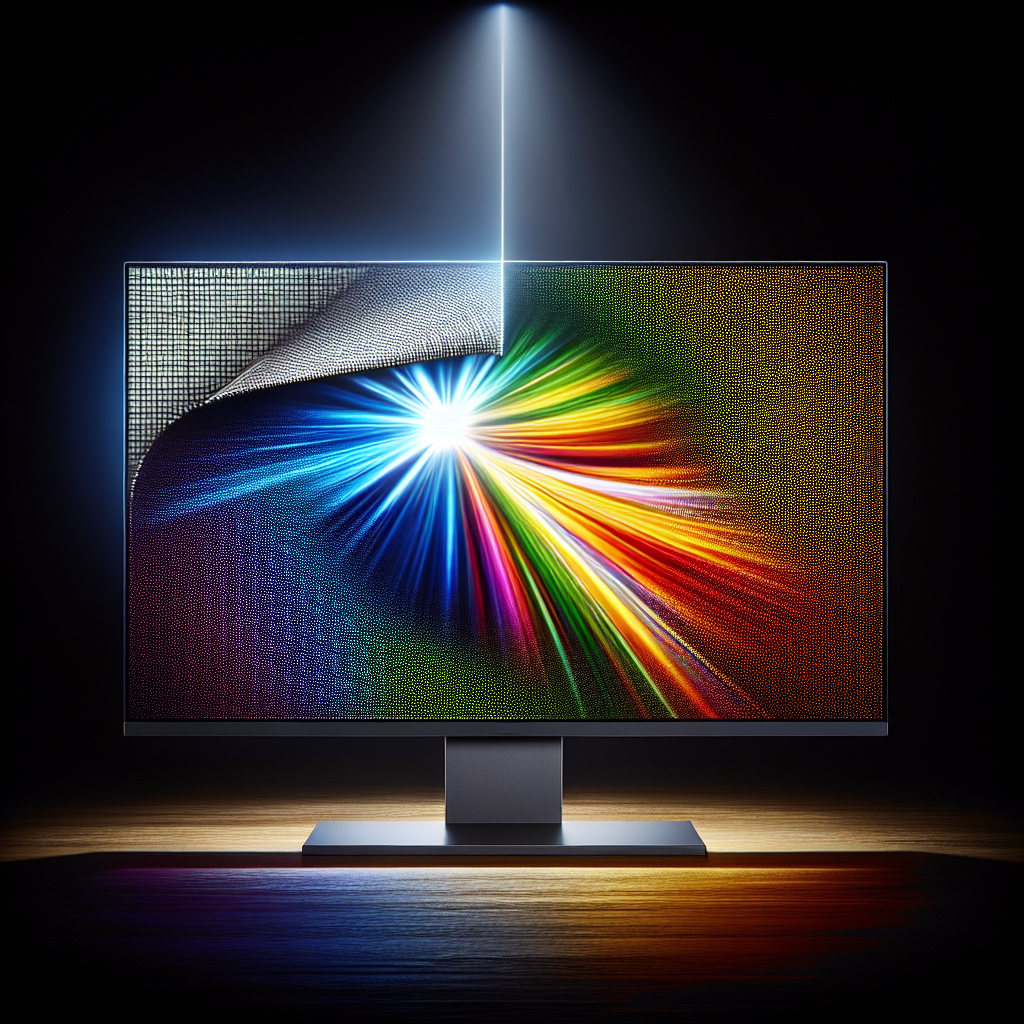The term ‘dead pixel’ often causes concern among users of OLED monitors. These tiny defects can significantly impact the viewing experience, leading to frustration or even product returns. But what exactly is a dead pixel, and how does it differ from other pixel defects? This article delves into the intricacies of dead pixels specific to OLED monitors, exploring causes, symptoms, preventive measures, and solutions.
Understanding Dead Pixels
A dead pixel is a pixel on a display screen that remains unlit or non-functional. Typically, it appears as a tiny black dot on the screen. Unlike ‘stuck pixels’ that are locked on one color, dead pixels do not display any color or image.
Table: Types of Pixel Defects
| Type | Appearance | Behavior |
|---|---|---|
| Dead Pixel | Black dot | Remains unlit |
| Stuck Pixel | Single color dot | Locked on one color |
| Hot Pixel | White dot | Constantly white |
Causes of Dead Pixels
Dead pixels can occur for various reasons, including:
- Manufacturing defects: Faulty production lines or errors in the assembly process can result in dead pixels.
- Physical damage: Impact, pressure, or mishandling of the monitor can lead to damaged pixels.
- Heat and aging: OLEDs degrade over time; excessive heat can accelerate this process, leading to dead pixels.
- Electrical faults: Issues with the power supply or circuitry can disrupt pixel function.
Identifying Symptoms
Spotting a dead pixel is relatively straightforward:
- Pixel remains black regardless of the displayed image.
- Visible on different backgrounds, especially noticeable on bright or white screens.
Impact on Viewing Experience
Dead pixels can be quite distracting, particularly if located in a prominent area of the screen. For users engaging in tasks requiring high visual acuity, such as video editing or gaming, dead pixels can disrupt focus and diminish the overall experience.
Preventive Measures
While some causes of dead pixels are unavoidable, there are steps to minimize the risk:
- Handle with care: Avoid applying pressure to the screen and protect it from physical impacts.
- Maintain optimal temperature: Ensure proper ventilation and avoid exposure to excessive heat.
- Regular usage: Regularly turn on your monitor to prevent prolonged static images, which can stress pixels.
Solutions to Fix Dead Pixels
Although fixing dead pixels is not always guaranteed, several methods can be attempted:
- Pixel refresher tools: Some software tools stimulate the pixel to refresh and potentially regain functionality.
- Manual massage: Gently massaging the area around the dead pixel can sometimes help, although this comes with risks.
- Professional repair: If under warranty, contacting the manufacturer for repair or replacement is advisable.
Conclusion
Understanding dead pixels in OLED monitors helps users navigate the frustrations associated with this common issue. By recognizing the causes, identifying symptoms, and following preventive measures, you can mitigate the impact on your viewing experience. In cases where dead pixels arise, exploring potential solutions, including professional help, may restore screen integrity and enhance your overall satisfaction.

